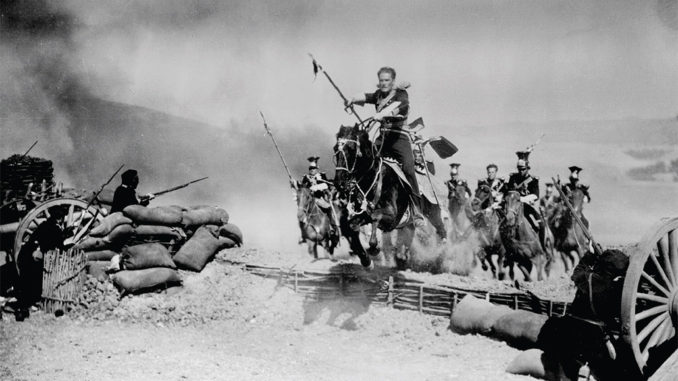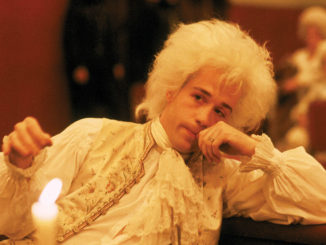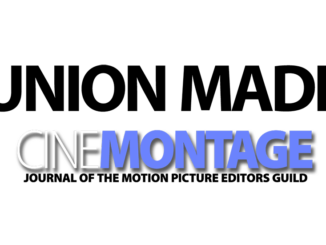
by Kevin Lewis
The Charge of the Light Brigade, produced by Warner Bros., set the standard for historical war films at Warner Bros. and other studios for decades afterward when it premiered 70 years ago this September. It is a perfect example of what film professor and author Thomas Schatz calls “the genius of the system,” which is also the title of his book about the Hollywood studio system. By 1936, the Hollywood majors and minors were producing over 500 superbly edited and photographed motion pictures a year. Many may have been poorly written, directed or acted, but the editors and cinematographers expended as much professional care on the “B” product as they did on “A”s.
The film may have been a junk-history version of the poem by Alfred, Lord Tennyson, about the suicide charge by the Light Brigade led by Lord Cardigan (yes, the knitted jacket guy) against the Russian Army during the Battle of Balaclava in the Crimean War on October 25, 1854, but it captured the “For God, King and Country” imperialistic arrogance of the poem’s famed line: “Theirs not to reason why, Theirs but to do and die.” Of the roughly 663 soldiers who rode into the “Valley of Death,” to stop the Russian Army from securing a strategic Ottoman Empire port on the Black Sea, 118 men perished and 127 were severely wounded. The film replicated the famed painting “The Charge of the Light Brigade” by Richard Caton Woodville.
Though Jack Sullivan won an Oscar for Best Assistant Director for The Charge of the Light Brigade, it is the breathtaking editing by George Amy of the charge that makes the film a classic. That sequence is both poetic and brutal and makes the viewer feel like a participant in the action. The film sealed the stardom of both Errol Flynn and Olivia de Havilland, but the editing by Amy, the cinematography by Sol Polito, the direction by Michael Curtiz, the sound recording by Nathan Levinson and especially the symphonic score by Max Steiner, makes the film appear modern to present-day audiences, as compared to other 1936 movies, which still relied on dialogue rather than imagery and montage. This film marked the transition stylistically from the early sound era to the sleek, dynamic style of Hollywood’s Golden Age.
Ironically, the film has a sad resonance today in terms of the ill-fated invasion and occupation of Iraq.
Amy set the famed Warners style for relentless editing. He was a favorite editor of both Curtiz and Howard Hawks. The editor received three Academy Award nominations and won his only Oscar for Air Force (1943), directed by Hawks. He edited his films with a documentary technique, most evident in Air Force. Even in musicals such as Yankee Doodle Dandy (1942), Amy cut the dance sequences in dynamic fashion, making the viewer one with the dancers and James Cagney as George M. Cohan. Surprisingly, he was not even nominated for The Charge of the Light Brigade.
Levinson, however, received an Academy Award nomination for his sound recording on the film, one of his 15 Oscar nominations. He won for Yankee Doodle Dandy and twice received honorary Academy Awards for Technical Achievement in 1936 and 1948 for his sound equipment innovations. He began his career with Warners during the Vitaphone era, and worked on the pioneering sound film The Jazz Singer (1927).
Ironically, the film has a sad resonance today in terms of the ill-fated invasion and occupation of Iraq. Will mankind ever learn? When President George W. Bush delivers his decidedly upbeat speeches about that ever-worsening quagmire, like the one he gave to the United States Naval Academy at Annapolis last fall, saying, “We will stay as long as necessary to complete the mission. If our military leaders tell me we need more troops, I will send them… We will answer history’s call with confidence”––how different is that really from “Theirs not to reason why, Theirs but to do and die?”
The location of that Crimean War battle memorialized by “The Charge of the Light Brigade”, by the way, is between the valley of Feduykin Heights and the Causeway Heights; it is now a vineyard. Red wine for remembrance?





